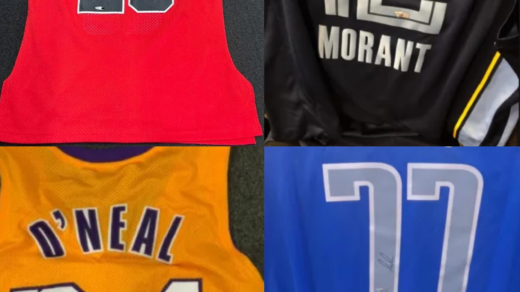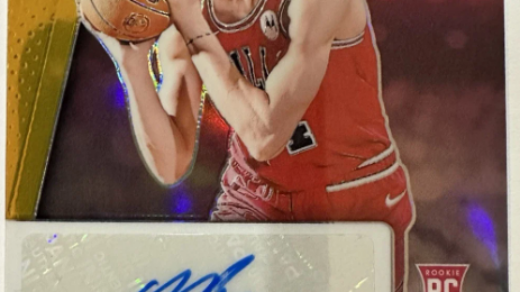When the titans of storytelling—Marvel and Wizards of the Coast—joined forces to intertwine the thrilling world of Spider-Man with the strategic battlegrounds of Magic: The Gathering, hearts raced with anticipated nostalgia and excitement. This crossover seemed as natural as swinging on webs across New York City’s skyline. After all, the world knows Spider-Man’s ability to enchant audiences, even those alien to the battlefield of cards. A set like this should have been the golden ticket to attract fresh blood into the Magic fold while delighting the seasoned veterans with new twists and turns. Yet, when the curtain rose, what was promised isn’t exactly what was delivered.
The initial buzz surrounding this Marvel–Magic mashup was electric enough to power all of Tony Stark’s inventions. Fan theories and eager anticipation dominated online communities as collectors speculated about epic mingling of these universes. Sounds simple enough, right? But, like Spider-Man himself, this set seems to juggle a dual existence, succeeding magnificently in capturing the fancy of high-end collectors while stumbling clumsily in realms of gameplay depth and drafting delight.
The origin story of this project’s quirky dichotomy traces back to its conception. Wizards initially aimed for a compact, Commander-focused supplemental set of just 100 cards. It was to be a treasure trove for enlisted fans, a glint in the eye of Spidey lovers who never intended to splash in the drafting pool. But, as sales records of similar scaled ventures charted in uninspiring trajectories, a decision was made. The Spider-Man set was morphed into a considerably larger 188-card, draft-worthy, Standard-legal release. Such transformations, like the metamorphosis of a chrysalis into a butterfly, can sometimes show the cracks when viewed under a microscope.
This grander-than-envisioned set, although visually striking, is sparer than recent Standard offerings. The drafting realm curiously hosts only five archetypes rather than the usual ten, slicing into the spectrum of replay leverage. Many Spider-themed characters, while gloriously distinct on the outside, share language and patterns so closely on the battlefield that their replay value fizzles quicker that it should. The result? An experience that chews repetitiveness and spits it back at players.
Taking a look into the digital arena, where Magic Arena attempts to replicate the tangible through pixels, the set also stumbles over licensing speed bumps. Alternate names and art modifications might keep legal departments at ease, but they are less amusing for players who prefer to straddle between the soft shuffles of physical decks and the seamless clicks of digital play.
However, for collectors, this set glows like a sunset over Manhattan. The Soul Stone emerges as the dazzling prize, an indestructible artifact offering unrivaled revival that tempts even the most cynical with its allure both on the table and in binders. And it doesn’t stop there—with Cosmic Foil treatments demanding a king’s ransom, the lucrative chase charms treasure hunters into the thrill of acquisition.
A few cards in the set merit Playback Hall of Fame status. Anti-Venom, with its deft sways between black and white magic, gives life and then some. Electro sparks enthusiasm by offering red decks an explosive advantage in mana and strategy. Gwenom channels a beloved Bolas’s Citadel vibe—turning life into spells is an addictive flavor indeed. Highlighted further by the thrilling Spectacular Spider-Man card offering battles intensive swag and prowess.
On the flip side, however, lurks a slew of cards that dangerously monochromize the Marvel Magic palette, losing the essence of legendary spark. Characters like Morbius and even a surprisingly subdued Peter Parker card don’t exactly spin heroic tales. Moreover, dipping Miles Morales into green mana for mere mechanical reasons is a narrative faux pas some can barely swallow.
Draft connoisseurs clamor for clarity and uniqueness, yet here, repetitive themes and clustering mechanics may lead players to falter in drudginess rather than enjoying riveting games, leaving draft seats empty and store shelves heavy with product that fails to excite.
The Marvel crossover benchmark was set sky-high by successes like the Lord of the Rings and Final Fantasy sets, both known for their thematic synchronization and innovative mechanics. Spidey holds the brand’s weight, entertains with must-haves, but doesn’t swing quite as high with gameplay expectations.
In an end-portal viewpoint, high-end collectors relish in the glow of gleaming variants and rare opportunities. Meanwhile, budget-conscious drifters focused on Limited formats may wonder if they’re but a footnote in this larger prose. Commander enthusiasts may clutch a handful of gems that enrich decks eternally, although few in number.
For those pondering their next collection conquest, smarter investments lie in individual cards. Choose with precision the particular pieces tailored for decks or as collector jewels. If embarking on the chase thrill is the goal, dive in knowing the waters churn around exclusive, elusive variants. Collector Boosters are the vessel this product sails upon, oscillating like a pendulum between fortune and folly for most.
Quick notes for pragmatic sorcerers and web-enthusiasts:
– Anticipate draft monotony, and adjust your excitement barometer accordingly.
– The Soul Stone is both a functionally and monetarily rare gem.
– Fan-favorite cards like Anti-Venom, Electro, and more are excellent practical additions.
– Variability in flavor and style means some cards will entice as collectibles rather than play instruments.
– If you navigate both paper and digital universes, expect discordant notes in card names and art.
For those seeking a playground of repeating novelty drafting, it may falter. For seekers of marquee cards or those aiming to sprinkle a little strategic magic dust on their Commander decks, this saga delivers without needing to trample through mounds of unopened packs.




